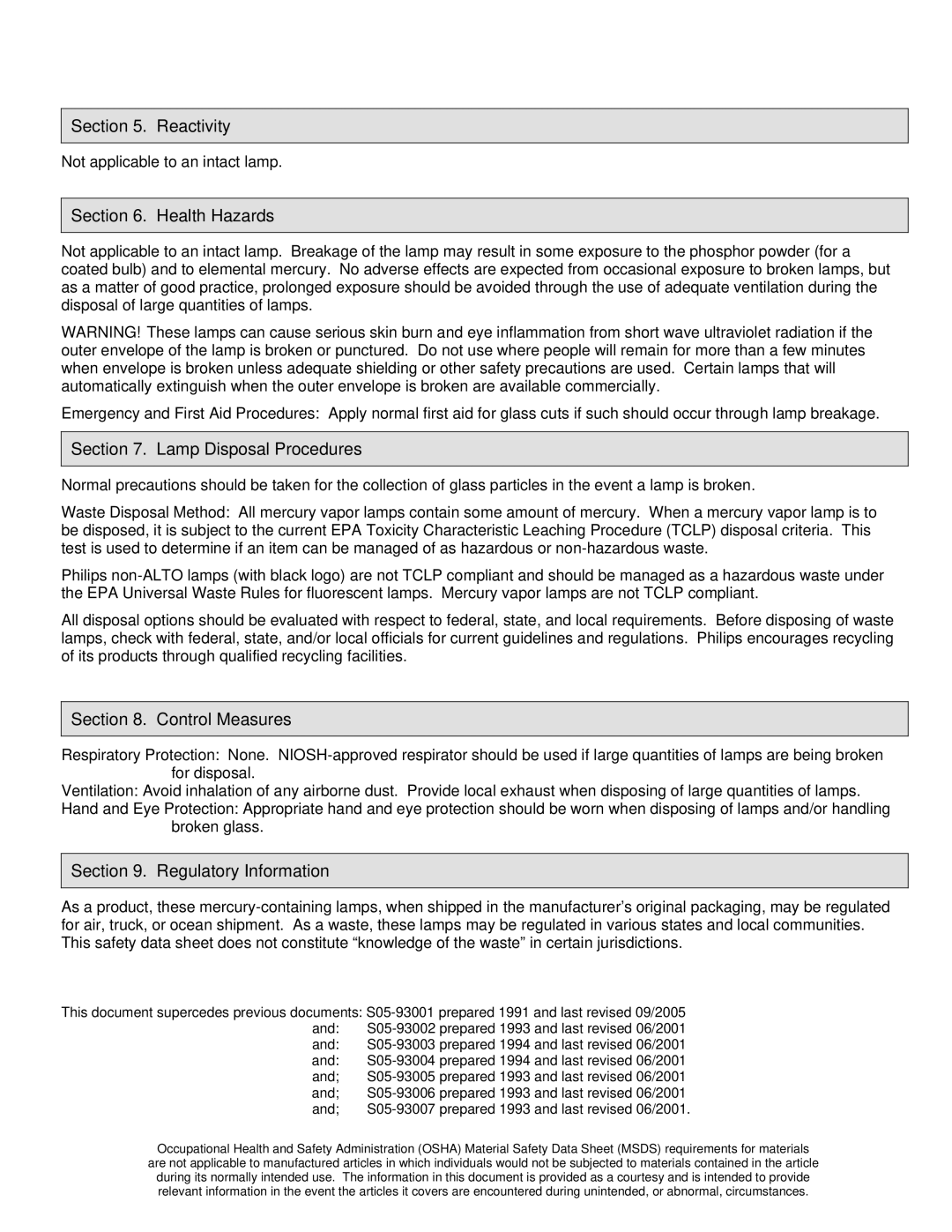H46, H36, H44, H39, H33 specifications
Philips has long been a pioneer in various electronic and technological innovations. Among their notable offerings are the H37, H38, MV-09100, H46, and H36 models, each with distinctive features that cater to an array of user needs.The Philips H37 stands out with its superior audio-visual capabilities, making it an ideal choice for consumers seeking an immersive experience. Equipped with advanced sound technologies, including Dolby Audio and integrated Bluetooth, it provides crystal clear audio quality paired with vibrant visuals. Its sleek design and user-friendly interface make it popular for both entertainment and professional use.
The H38 model pushes the envelope further in terms of connectivity and performance. It includes high-definition streaming options, ensuring users can enjoy their favorite content in the highest quality possible. Its advanced video processing engine optimizes graphics, making it suitable for gamers and movie enthusiasts alike. The H38 is also designed with energy efficiency in mind, reducing power consumption without compromising on performance.
The MV-09100 offers a unique blend of portability and functionality. Designed for users on the go, this model emphasizes lightweight construction while maintaining robust features. It often comes with a built-in rechargeable battery, ensuring users can use it wherever they are. The MV-09100 also incorporates smart connectivity options, enabling seamless integration with smartphones and other devices.
On the other hand, the Philips H46 is designed with versatility in mind. It's well-suited for multifaceted environments, ranging from home use to professional settings. Its compatibility with a wide range of applications, combined with high-performance specifications, makes the H46 a reliable choice for various users. Enhanced security features allow for safe browsing and content access.
Finally, the H36 model brings a balance of affordability and functionality. This model is targeted towards budget-conscious consumers who do not want to compromise on quality. The H36 includes many essential features such as good audio output, decent display quality, and basic connectivity options, making it an excellent entry-level option for those new to Philips products.
In conclusion, each of these models showcases Philips’ commitment to innovation, offering unique features tailored to different user needs, whether it's for entertainment, portability, versatility, or budget considerations. These devices are a testament to the brand's dedication to enhancing user experience through cutting-edge technologies and thoughtful design.

